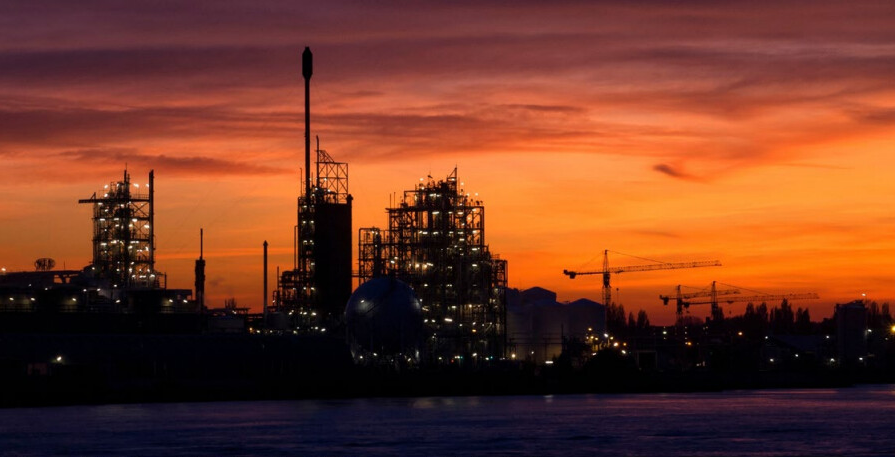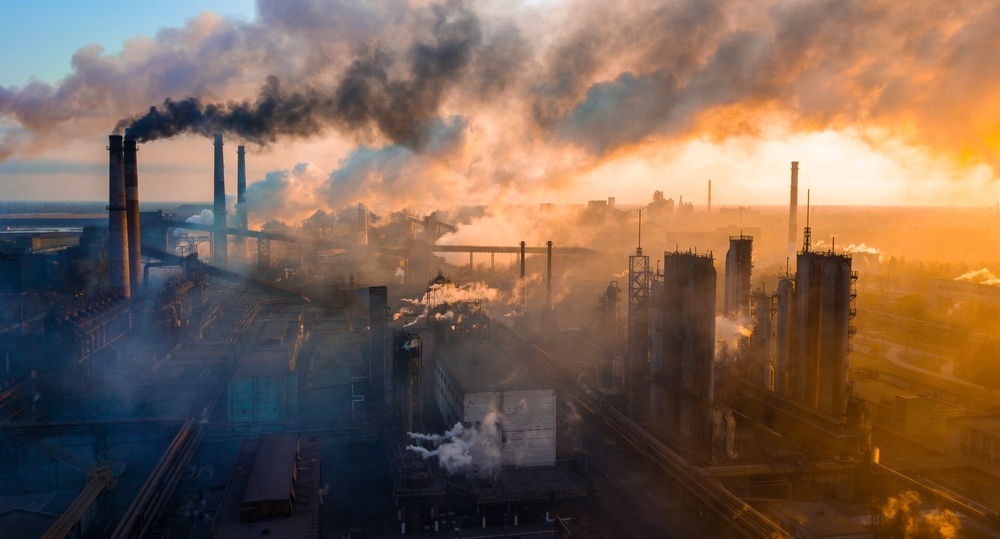The possibility of using waste streams such as potato peelings, food packaging or excess manure instead of burning them is the big attraction of the circular economy. But such use is not without risks, warn researchers from Wageningen Food Safety Research. In a recent publication, they provide some guidelines for limiting the risks.
There was a scare in 2004 when researchers at the then RIKILT, now Wageningen Food Safety Research (WFSR), suddenly found high levels of dioxin in milk. The researchers went straight into action. The type of dioxin they found had the fingerprint of a particular clay that often gets contaminated with these dioxins. They soon discovered the source of the contaminated milk: a dairy farmer who was feeding his cows on potato peel from his neighbour, who produced French fries. He had just switched to a different way of separating the good potatoes from the bad. Previously he used a salt bath, and now he used a bath with clay, which turned out to be contaminated.
That is an example of using waste streams without enough consideration for the possible risks for the next link in the food supply chain. And that’s a pitfall that Stefan van Leeuwen and his colleague Bjorn Berendsen of WFSR want to overcome. ‘People often see us as pointing the finger, but you want to avoid having to change the way you do things later,’ Berendsen explains.
Van Leeuwen and Berendsen have devoted the past five years to research on the effects of pollutants when using waste streams. ‘At the time, targets were set under minister Carola Schouten for setting up a circular economy and that provided a lot of incentive to use waste streams. We point out the risks, based on our experience.’
Pizza box with PFAS
There is more to reusing waste products that feeding livestock on crop residues, though. It also covers things like recovering phosphate from sewage sludge for fertilizer, or using recycled paper sludge to improve soil. Even those streams are not without risks, as was demonstrated when pulped paper was used on German fields and the groundwater became contaminated with PFAS. Van Leeuwen: ‘Many paper food packaging, such as pizza boxes, used to have a protective layer with PFAS, so that grease and moisture would not leak through the paper. The PFAS comes off the paper and leaks into the groundwater.’
Van Leeuwen and Berendsen are taking a broader look at this system in their research. They examine how contamination with substances such as PFAS or antibiotics from residual waste sludge behave in soil. Do they affect soil life? And do antibiotics break down, and if so, into what kind of substances? ‘The new breakdown substances can actually be even more harmful,’ Berendsen explains. ‘And we look at what they do in a crop.
People often see us as pointing the finger
We are running tests in greenhouses with radish and spinach. Do the plants absorb the substances and where do they usually store them? In the leaves or in the roots?’ Bad news for the crops? ‘Not at all, it can actually be very helpful if plants can extract pollutants from the soil like that. But of course, it does mean you mustn’t eat them,’ says Van Leeuwen.
Massive job
It sounds like a massive job to map so many aspects of so many substances. But Van Leeuwen says, ‘We start broadly. That way, at least you find out where the substance is not, so you can rule out that area. We know surprisingly little about how a lot of substances behave in the environment.
Solving a problem once it’s happened takes more time
Substances like plant protection products have already been extensively studied, but we still know surprisingly little about flame retardants or many veterinary drugs, for instance.’
‘Like deworming drugs and painkillers, for instance,’ adds Berendsen, ‘and a group like PFAS includes thousands of different substances, each with different properties. You have to research that almost substance by substance.’
There are long-term concerns as well. ‘Especially about the substances that are very difficult to break down. These can continue to accumulate in a circular system. So what will that do in 10 years, or in 1000 years? You’re affected by the legacy of the past in the present and future,’ Van Leeuwen acknowledges.
In advance
For their publication, the researchers established a framework with five steps for identifying the risks: what waste product do you want to use, what are the potential contaminants, how do those substances behave, what are the risks and how bad are they? They hope this will make it easier to think carefully about the safe use of a residue stream beforehand. ‘Solving a problem once it’s happened takes more time,’ says Van Leeuwen.
The researchers are collaborating a lot with other groups at WUR. ‘That’s what I like about this research into circularity,’ says Berendsen. ‘It connects the different disciplines. We are now working a lot with ecology groups, process specialists and animal feed experts. They teach us what to look out for in an ecosystem or in animal feed production, and we bring in our knowledge on how to measure the way substances behave.’
The researchers are seeing a gradual change in the thinking about the risks of using residue streams. Van Leeuwen: ‘First of all due to stricter rules from the European Green Deal. You can also see that producers are starting to think about developing alternative substances that are already safe and do not pose a risk in our food. The Dutch take it for granted that their food is safe. We are working hard to keep it safe and keep that feeling.’

 An example of the danger of using waste streams was seen when groundwater in Germany became contaminated with PFAS through the use of paper sludge from things like pizza boxes. These used to be covered in a protective layer containing PFAS so that grease and moisture would not leak through the paper. Photo Shutterstock
An example of the danger of using waste streams was seen when groundwater in Germany became contaminated with PFAS through the use of paper sludge from things like pizza boxes. These used to be covered in a protective layer containing PFAS so that grease and moisture would not leak through the paper. Photo Shutterstock 
